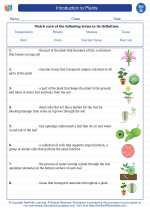Introduction to Plants -> structural adaptations
Structural Adaptations
Structural adaptations are physical features of an organism's body that have evolved over time to help it survive and reproduce in its environment. These adaptations can include modifications to an organism's shape, size, color, or other physical characteristics.
Examples of Structural Adaptations
Structural adaptations are found in all living organisms and can take many forms. Some common examples include:
- Camouflage: Many animals have evolved colors and patterns that help them blend in with their surroundings, making them less visible to predators or prey.
- Beak shape: Birds have a wide variety of beak shapes that are adapted to their specific diet. For example, a long, thin beak is suited for probing into flowers for nectar, while a strong, hooked beak is ideal for tearing into flesh.
- Body shape: Fish have streamlined bodies that reduce water resistance, allowing them to swim faster and more efficiently.
- Root structure: Plants have adapted different root structures to obtain water and nutrients from their specific environment, such as deep taproots for reaching water deep underground or shallow, spreading roots for absorbing surface moisture.
How Organisms Develop Structural Adaptations
Structural adaptations develop over many generations through the process of natural selection. When individuals with certain advantageous traits are more likely to survive and reproduce, those traits become more common in the population over time. This process allows organisms to become better suited to their environment, increasing their chances of survival and reproduction.
Study Guide
To understand structural adaptations better, consider the following questions:
- What are structural adaptations and how do they differ from behavioral and physiological adaptations?
- Choose an organism and describe one of its structural adaptations. How does this adaptation help the organism survive in its environment?
- Research the process of natural selection. How does it drive the development of structural adaptations in a population?
- Explore the structural adaptations of plants. How do different plant species adapt to specific environmental conditions?
- Discuss the impact of human activities on the structural adaptations of organisms. Can human-induced environmental changes affect the ability of organisms to survive and reproduce?
By considering these questions and examples, you can gain a deeper understanding of structural adaptations and their significance in the natural world.
.◂Science Worksheets and Study Guides Seventh Grade. Introduction to Plants
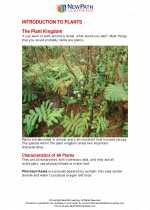
 Worksheet/Answer key
Worksheet/Answer key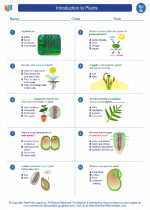
 Worksheet/Answer key
Worksheet/Answer key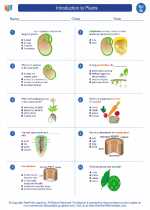
 Worksheet/Answer key
Worksheet/Answer key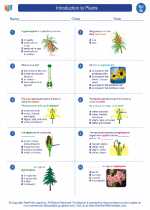
 Worksheet/Answer key
Worksheet/Answer key
 Vocabulary/Answer key
Vocabulary/Answer key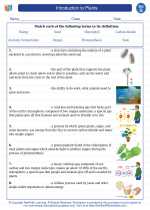
 Vocabulary/Answer key
Vocabulary/Answer key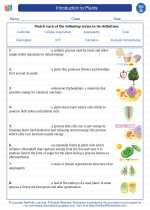
 Vocabulary/Answer key
Vocabulary/Answer key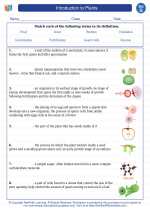
 Vocabulary/Answer key
Vocabulary/Answer key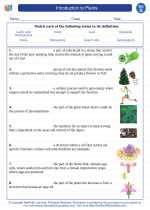
 Vocabulary/Answer key
Vocabulary/Answer key